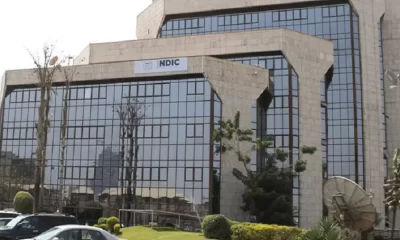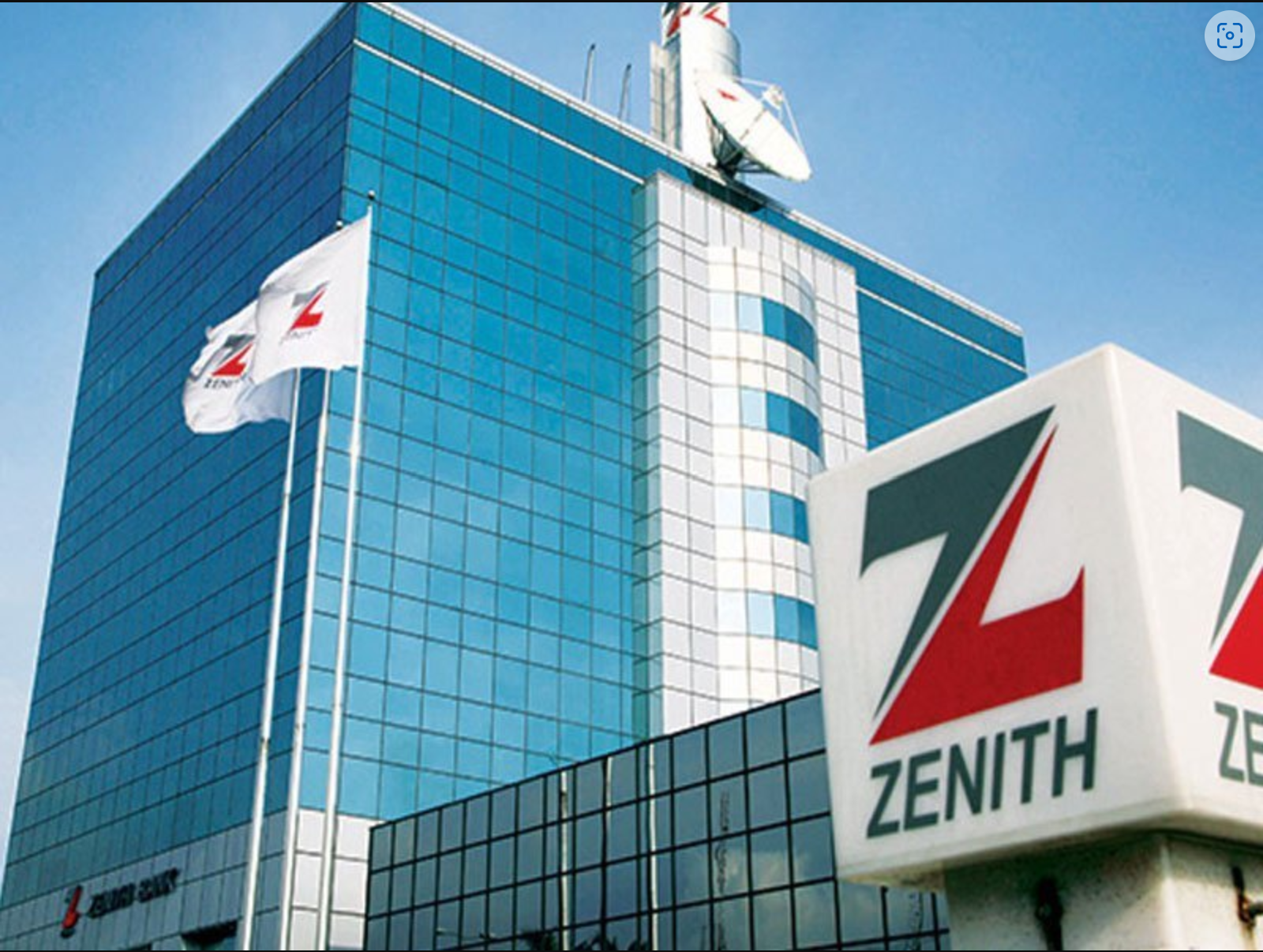Zenith Bank Group, one of Nigeria’s largest financial institutions, has reported significant growth in its digital banking infrastructure, particularly in its point-of-sale (POS) and Automated Teller Machine (ATM) networks.
This expansion comes as the bank intensifies efforts to compete with fast-growing fintech disruptors.
According to the bank’s latest financial disclosures, the number of POS terminals deployed rose by 14.8% year-on-year, increasing from 414,192 in 2023 to 475,524 in 2024.
These terminals, primarily used by merchants to facilitate retail transactions, have become an important source of commission-based revenue for traditional banks.
However, fintech-driven banks such as Moniepoint, Opay, and Palmpay have aggressively gained market share by offering lower transaction fees, quicker onboarding, and user-friendly technology.
This competition has forced banks like Zenith to innovate and expand their merchant solutions.
Zenith Bank also reported issuing a total of 27.94 million ATM cards in 2024, an 8.9% increase from 25.65 million cards in 2023. Additionally, the number of ATMs operated by the bank saw marginal growth of 1.5%, rising from 2,102 in 2023 to 2,134 in 2024.
To put this into perspective, data from the Central Bank of Nigeria (CBN) indicates that the country had a total of 16,714 ATMs nationwide as of 2024.
With approximately 12.7% of the national ATM infrastructure under its control, Zenith remains one of the dominant players in Nigeria’s physical banking access network.
Despite the expansion in digital and physical banking channels, many Nigerian consumers have expressed frustration over the increasing cost and reliability of ATM services.
READ ALSO: Zenith Bank reports stellar 2024 financial performance, posts N1.3trn PBT
A recent CBN directive raised charges on ATM cash withdrawals and other electronic banking transactions, sparking public outcry. Critics argue that these rising fees disproportionately impact low-income earners who rely on cash-based transactions due to limited access to digital banking services.
While digital banking remains a priority, Zenith Bank has continued its careful expansion of physical branches. In 2024, the bank opened seven new branches, bringing its total to 454, up from 447 the previous year.
The number of cash centres—facilities dedicated to basic cash transactions—also saw a slight increase, rising from 166 to 167.
This measured growth suggests that Zenith still sees value in maintaining a strong physical presence, particularly in regions where digital adoption remains low and in-person banking services are essential.
Zenith Bank’s dual expansion in digital and physical banking reflects a strategic balancing act—enhancing financial inclusion while defending its market share against fintech challengers.
With over 27 million ATM cards in circulation and nearly half a million POS terminals, the bank is investing heavily in transaction infrastructure.
However, sustaining profitability in this segment will require continued innovation in merchant services and consumer offerings, especially as fintech firms reshape Nigeria’s retail payments landscape.
As digital wallets and agency banking gain popularity, traditional banks like Zenith must determine whether they can maintain their competitive edge—or risk being relegated to back-end infrastructure providers in Nigeria’s rapidly evolving financial ecosystem.

 Uncategorized1 week ago
Uncategorized1 week ago
 Business1 week ago
Business1 week ago
 Politics4 days ago
Politics4 days ago
 News4 days ago
News4 days ago
 Latest6 days ago
Latest6 days ago
 Crime6 days ago
Crime6 days ago
 Business6 days ago
Business6 days ago
 Business5 days ago
Business5 days ago

